The principle of companion planting works both above and below ground. Overground, aromatic flowers are an excellent repellent to pests, whilst brightly coloured foliage will attract pollinators as well as beneficial insects, and act as a way to divert said pests away from valuable crops. Below the soil’s surface, the range of different root systems that exist in a poly-cultural environment can also be incredibly beneficial: those plants whose roots spread very wide, act to improve the soil’s structure, whilst those that reach deeper down bring nutrients up to the surface. There are some crops, particularly those in the legumes family, such as peas and beans, that essentially take nitrogen from the surrounding air and draw it back down into the soil and make it available to other plants. Additionally, the ever present risk of soil-borne diseases are significantly lessened when a single bed has more than one species of plant growing in it.
Below are listed some of the best companion plant choices when growing cannabis
Alfalfa
Alfalfa is both very easy to grow, as well as outstanding at enhancing the soil. Technically a legume, this means that it deals very efficiently with regulating bacteria in the soil to 'repair' atmospheric nitrogen issues -- the latter being an absolutely vital nutrient that is important for cannabis plants. Alfalfa likewise enhances soil texture, and its beneficial root system fills out the surrounding soil with moist roots, drawing water into the cannabis’ root zone and boosting dry spell resilience. Simply spreading a few Alfalfa seeds on the ground in Spring will see seedlings in just a short week or so.
● Where: Grow on the earth around the base of cannabis plants
● When: From Spring to summer
Cerastium
Cerastium produces a carpet-like covering over the ground, assisting with maintaining optimum soil hydration. It's a traditional cover crop which motivates bio-diversity. Lots of outdoor cannabis growers feel that leaving bare earth around their plants isn't necessarily the healthiest or most natural of scenarios. Seeds will germinate early within a number of weeks of being spread and take a month or two to reach maturity, where they can reach around 20cm in height. The roots can grow and survive extreme winters back, and after flowering they are typically cut down and can be used as mulch.
● Where: As a cover crop, around the base of plants.
● When: Early spring onwards, companion plants utilised as nitrogen fixers for cannabis.
Nitrogen 'fixers' are plants with the unique capability to absorb climatic Nitrogen and transform it into a solid form around the root zone. Nitrogen fixing companion plants are used widely by organic garden enthusiasts of all types.
Red clover
Red Clover also helps fix nitrogen and acts as a useful ground cover/mulch. It produces a characteristic pink 'pom pom' looking flower that draws in pollinating insects. Their seeds can be sown from early spring onwards, and they prosper in slightly acidic PH soil, of the sort that is liked by cannabis. Seeds ought to be positioned around 1cm below the surface of the soil , and around 5 to 6cm apart. It is quite a bushy plant, and repairs nitrogen around its root zone. If outdoor cannabis plants don't’ seem as green as they could be, then planting some nitrogen repairing companion plants might be an excellent idea.
● Where: Around the base of cannabis plants
● When: Early Spring
Lavender
With its familiar and rich scent, humans have long since used a sprig of lavender placed in their cupboards to fend off moths and keep clothes smelling fresh. Bees are one of the couple of bugs that are drawn to lavender, whilst many other pests and critters resent the pungent terpene called linalool which provides lavender’s distinctive aroma. Many outdoor cannabis growers like to have a lavender plant, or 2, growing near their plants.
● Where: A plant or two around/near the cannabis crop
● When: Spread lavender seeds in Spring.
Peppermint
Mint has a fresh, vibrant aroma developed by a complex mix of terpenes consisting of menthol, linalool, limonene, menthofuran, menthone, isomenthone, (E)- caryophyllene, 1,8-cineole, carvone, α-terpineol and pulegone. Pungent smelling peppermint oil has actually been typically popular to fend off both bugs and rodents. Frequently cotton balls with a drop of peppermint oil were utilised around homes, windows and so on to keep bugs away. Peppermint remains a popular cannabis companion plant with guerrilla growers, with many having a plant or more growing near their cannabis plants. Seeds take a number of weeks to sprout and are really simple to grow. The only drawback is that it grows so easily, that periodically removing some before it spreads out too far is always a sensible move.
● Where: Near to cannabis plant :: note it can grow and spread quickly.
● When: Planting is best done in spring.
Yarrow
Yarrow draws in various predator bugs. Ladybugs and aphid lions are two such powerhouses. Thus, if a grower struggles with greenfly, whitefly and so forth throughout the summer months, then Yarrow might be an excellent companion plant to consider. Traditional garden enthusiasts claim that the presence of Yarrow can also enhance oil production in neighbouring plants, though there isn't a clear mechanism for how this would take place.
● Where: Plant close to the cannabis plants where the beneficial predator pests will have optimal impact.
● When: Late Spring, early summertime.
Sunflower
This tall-growing plant draws in bees and other pollinating insects which help preserve a bio-diverse and healthy setting for cannabis plants. Sunflower plants can also bring in birds eager to delight in sunflower’s large seeds. These birds likewise feast on bugs, helping to guarantee some predators are around if unwanted insect populations get too high.
● Where: Around the edges of the cannabis growing location. A few sunflowers can also help serve as a mini-wind break and produce a tall visual barrier to obstruct views of cannabis plants, if privacy is a desire or requirement..
● When: Early Spring, March/April.
Basil
The sweet pungent fragrance of Basil fills the surrounding air and tends to hinder aphids and some beetles. Like many of the other companion crops discussed, basil is edible for people and as a useful aside, can be used in salads etc
● Where: As a ground crop in-between cannabis plants
● When: From spring onwards
Borage
Rich in nectar and loved by pollinators, borage is a beneficial and vibrant companion plant to grace any growing location. It is highly efficient at attracting helpful bugs.
● Where: In between cannabis plants
● When: Early to late spring
Chamomile
A fragrant companion plant favoured greatly by garden enthusiasts of all types who discover it brings in beneficial pests and predator insects.
● Where: In between plants and/or around the border
● When: Spring to summer.
Chervil
Chervil is said to attract aphids, and because of that, many growers prefer to plant it at some distance from their cannabis plants. The concept is that the aphids will preferentially hang out near the chervil rather than your cannabis.
● Where: Around borders, not too near to cannabis plants.
● When: Spring to summer onwards
Coriander
Another helpful multi-purpose herb, coriander produces a distinctive aroma stated to bring in beneficial bugs such as parasitic wasps , whilst also fending off less desirable guests such as spider termites, aphids and particular beetles.
● Where: It can be grown in generously sized beds around or near cannabis plants
● When: From spring onwards.
Dill
It is worth harvesting then using the dill after the cannabis plants have been securely gathered. Its distinctive aniseed-like taste and scent is unpleasant to spider termites and some caterpillars.
● Where: Spread near or around the cannabis
● When: Early spring to summer
Lemon balm
Technically an aromatic variety of mint, lemon balm is often utilised by gardeners of all types to attract beneficial pests. The scent is unpleasant to some pests such as aphids. In order to ensure that this effective but vigorous growing plant doesn't take control of a grow location, it will occasionally require removing or cutting back to keep it in check.
● Where: Near cannabis plants; not too close due to its propensity to spread quickly
● When: From spring onwards.
Marigold
The brilliant colours of Marigolds are thought to confuse aphids triggering them to go elsewhere. Marigolds are likewise known as extremely reliable at pushing back white cabbage fly and cabbage moths, both of which are pests for cannabis plants.
● Where: Around and among cannabis plants
● When: Early Spring onwards
Parsley
Parsley's flowers have an aroma, which attracts pollinators such as the black swallowtail butterfly. Parsley likewise brings in the braconid wasp, which thrives on common pests like armyworms, cabbage worms, codling moths, gypsy moths and the tachinid fly.
● Where: Around the borders of cannabis plants
● When: From spring onwards.
White clover
White Clover produces a pest-resistant living layer above the soil, which traps in moisture and enhances soil nitrogen levels. It is a seasonal plant, which tends to spread out quickly across the soil surface area. Familiar white mini puff-balls are formed when she flowers.
● Where: As a mulch around the plants
● When: From spring to summer onwards
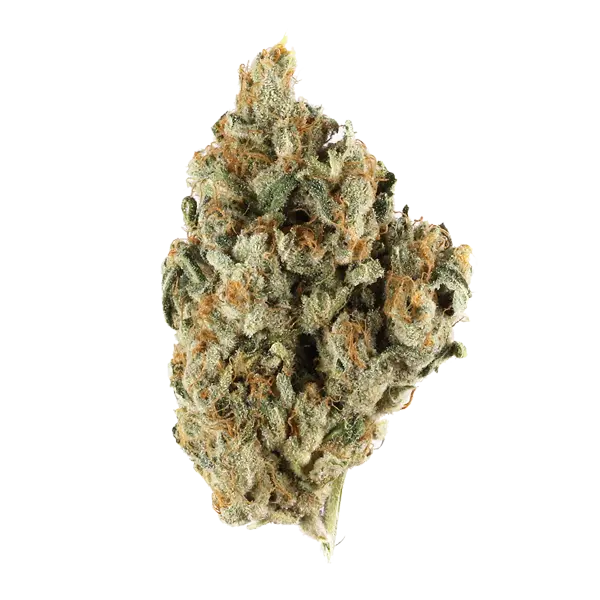


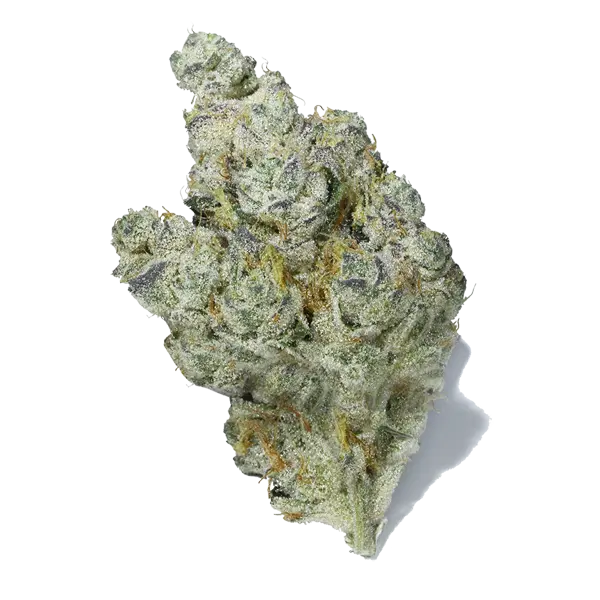
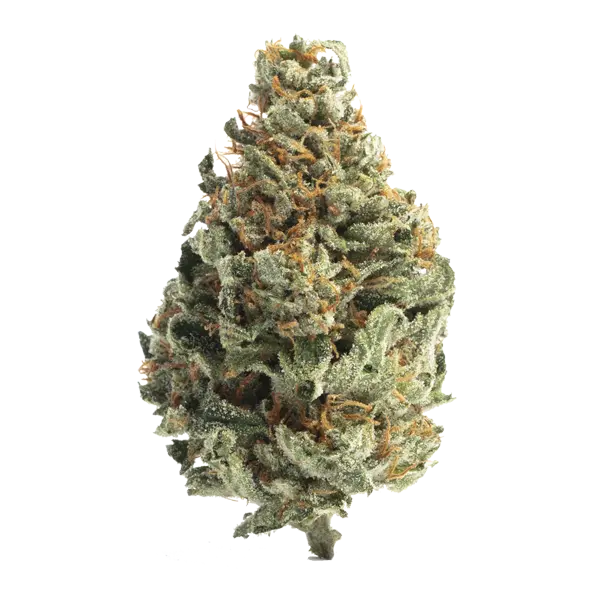
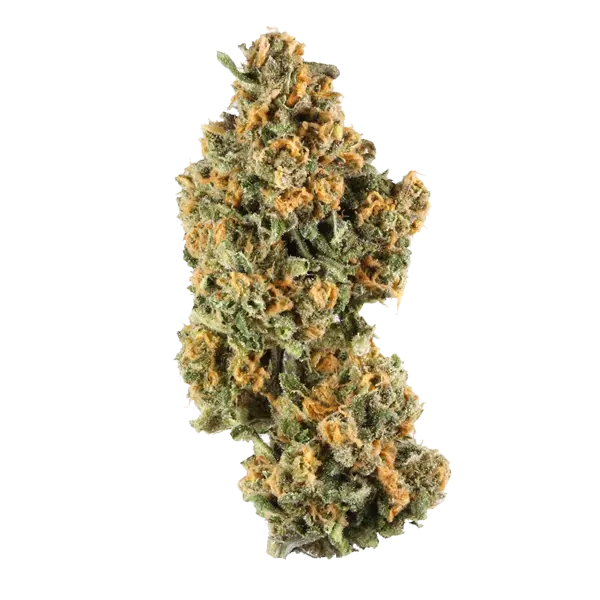

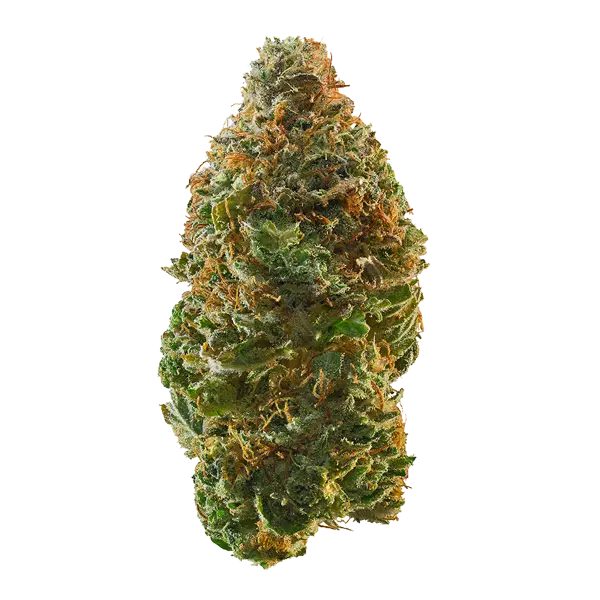

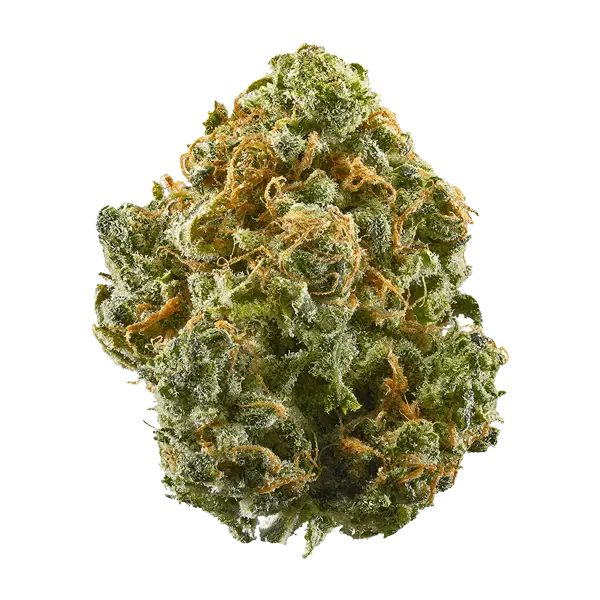

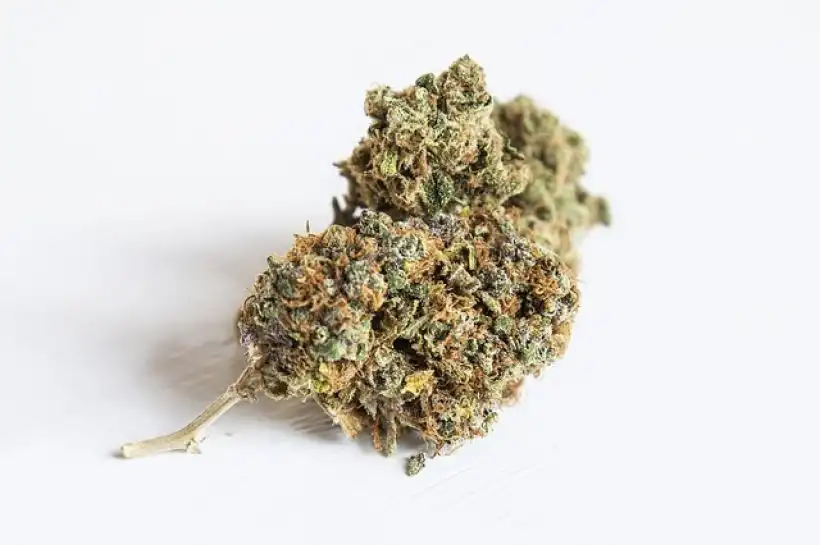





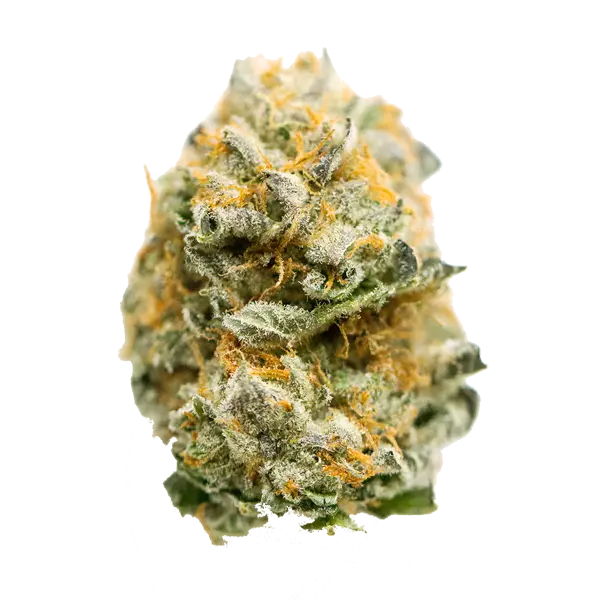
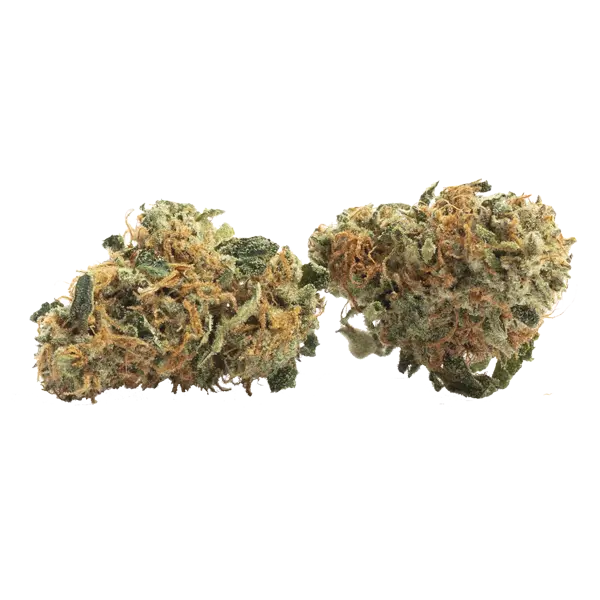












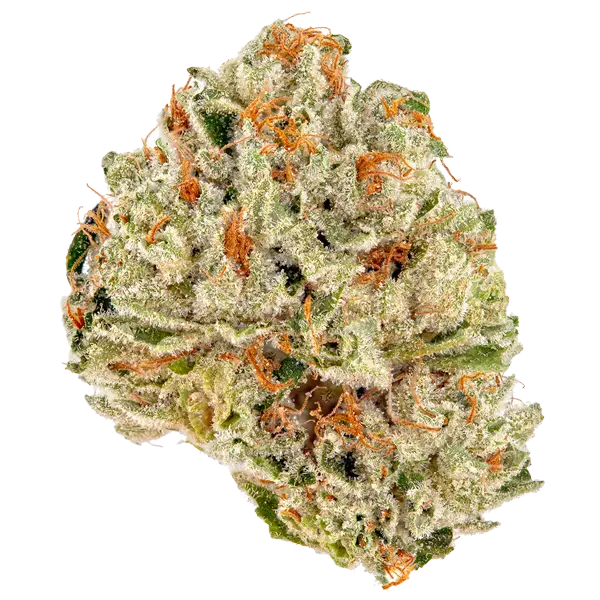


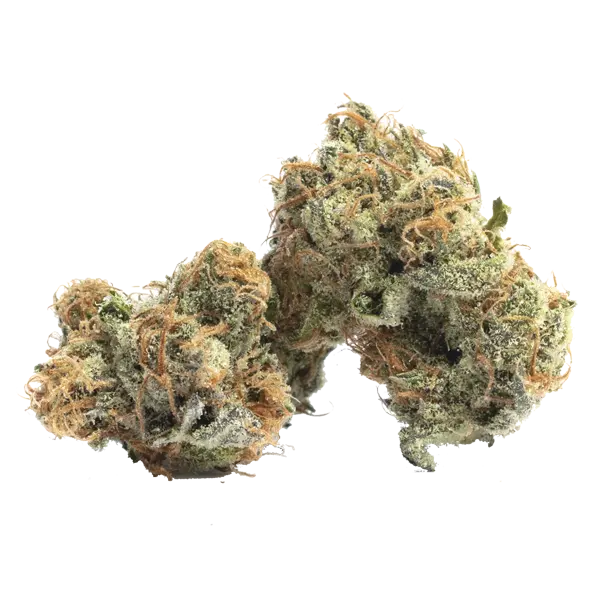
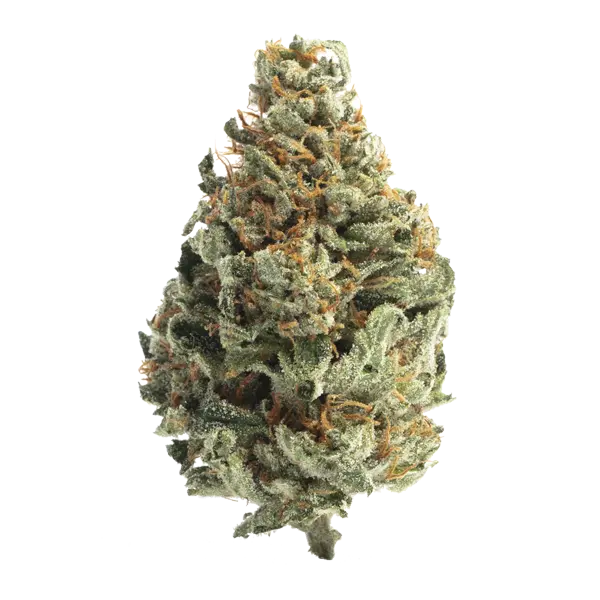

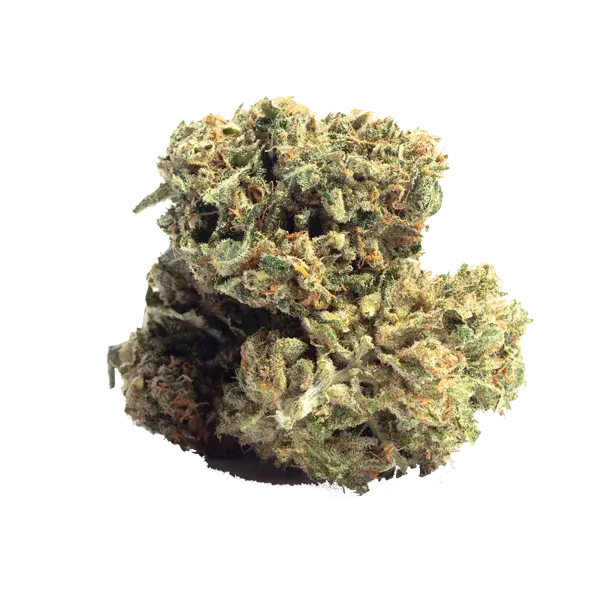
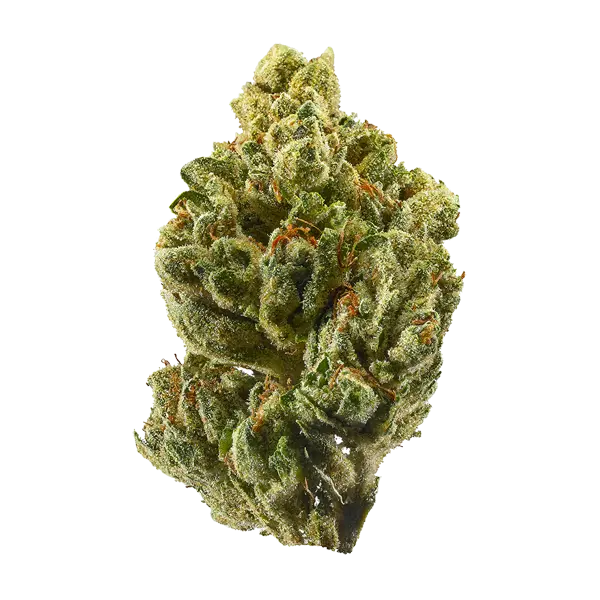
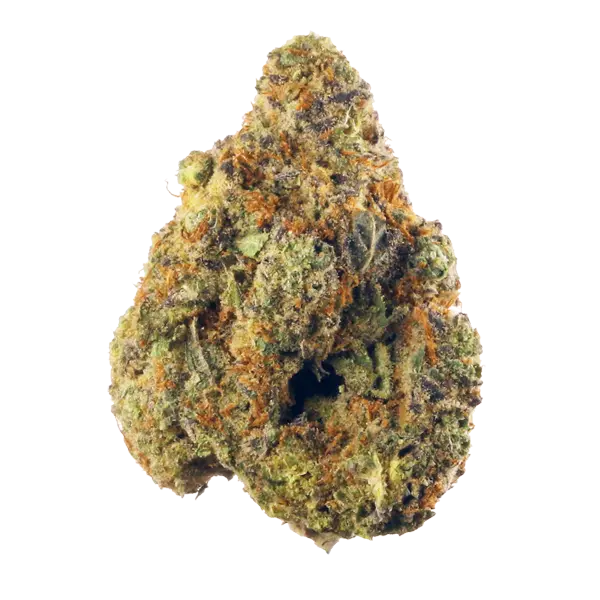
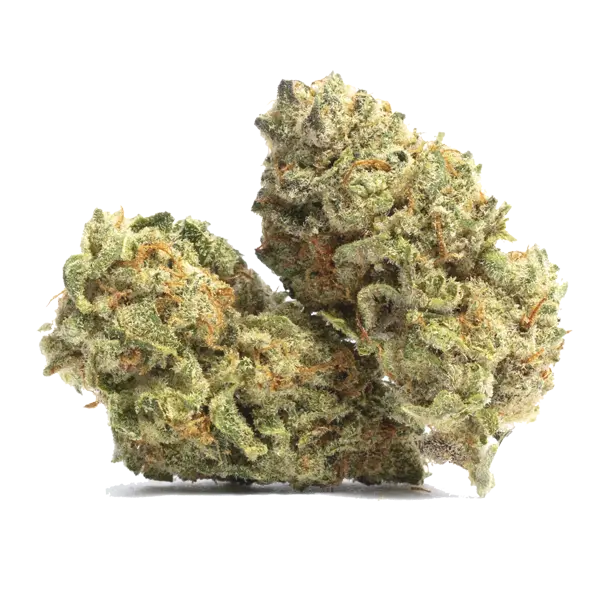
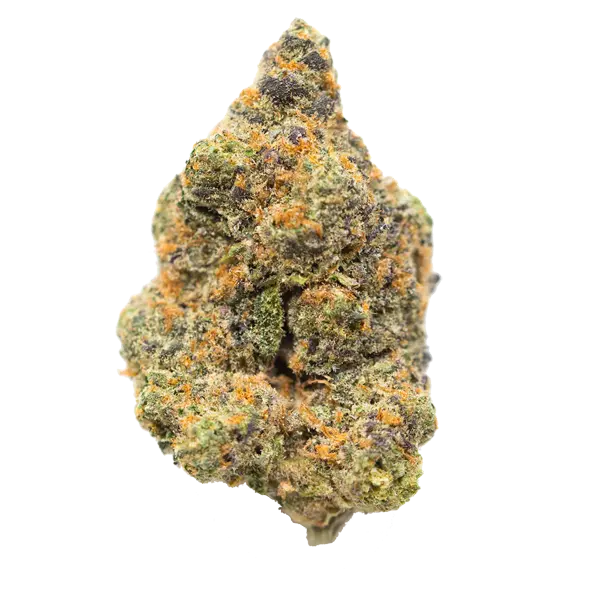
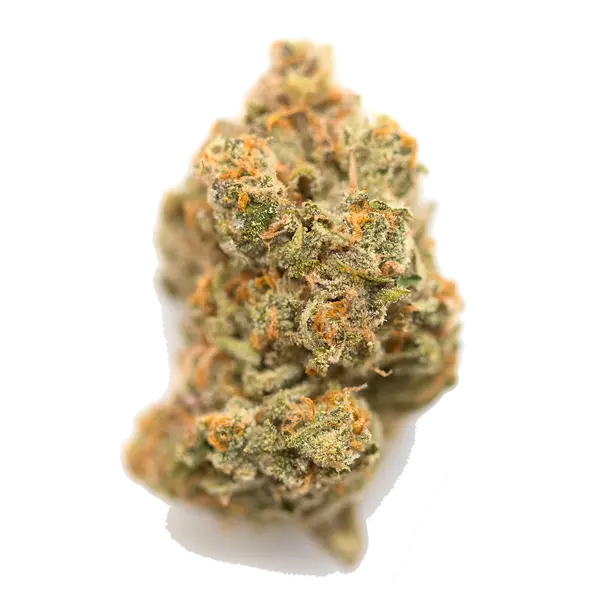
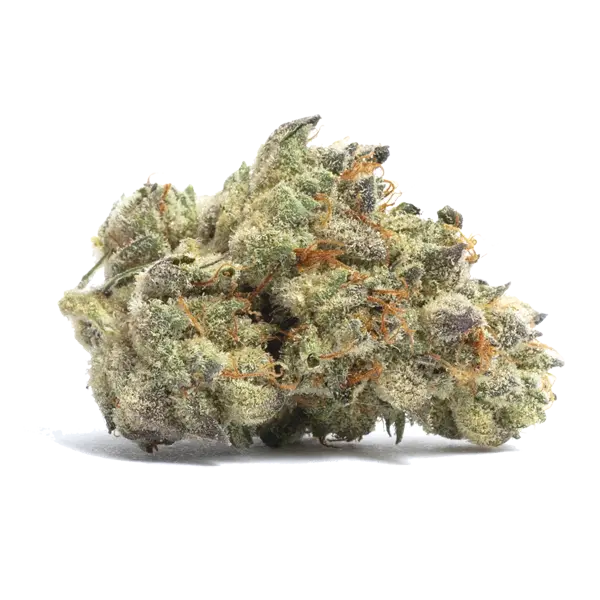
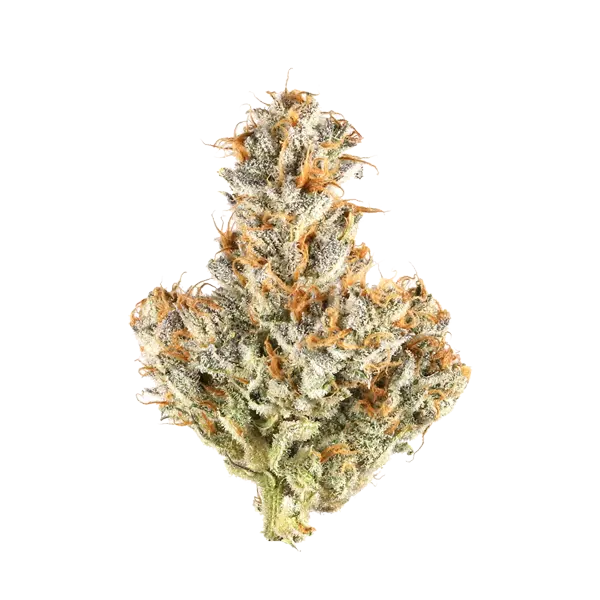
















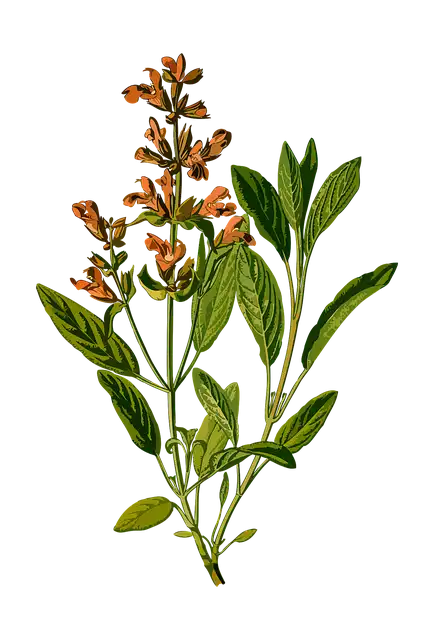

 THC Levels in Feminised Cannabis Seeds
THC Levels in Feminised Cannabis Seeds Cannabis Poisoning in Dogs
Cannabis Poisoning in Dogs








